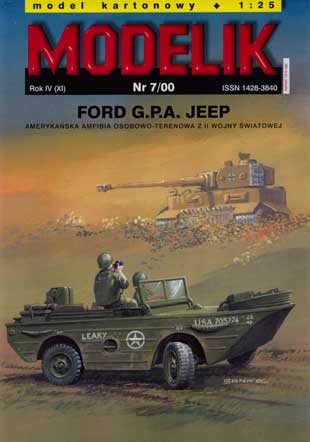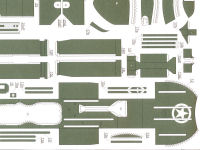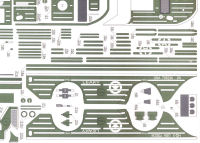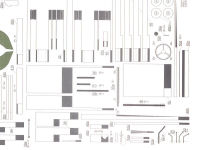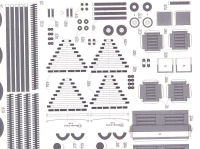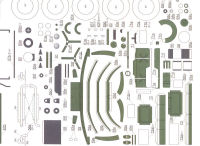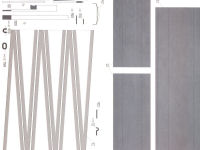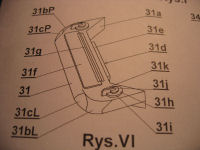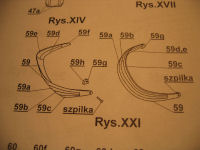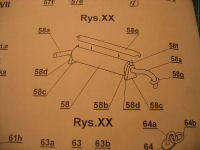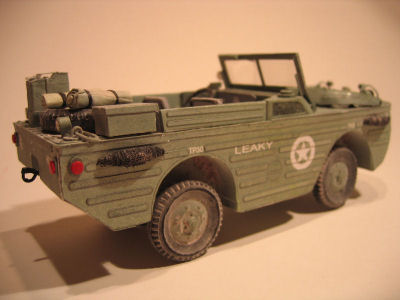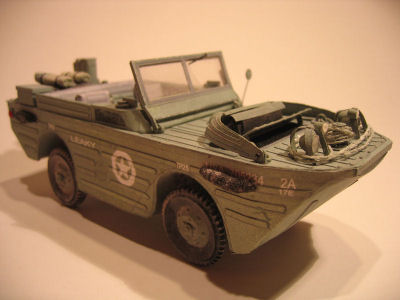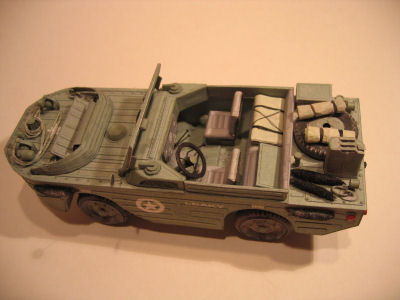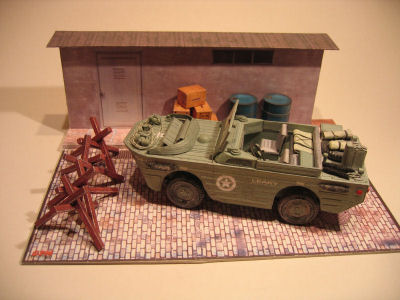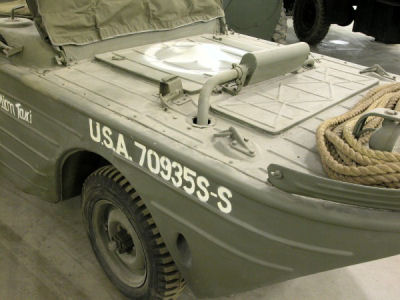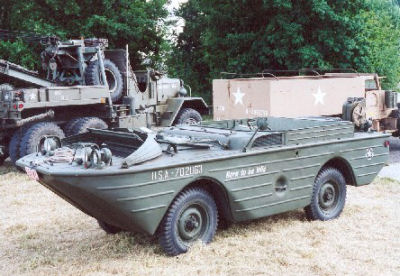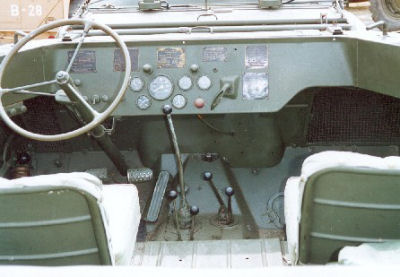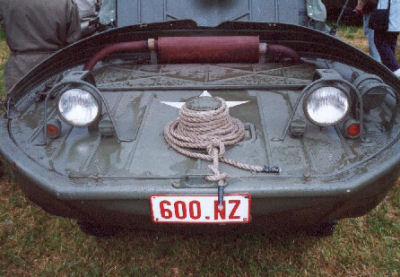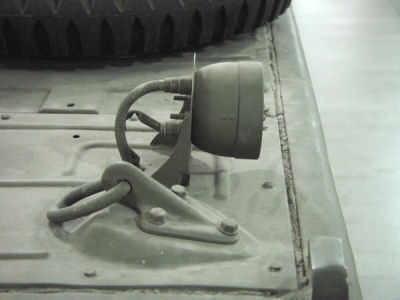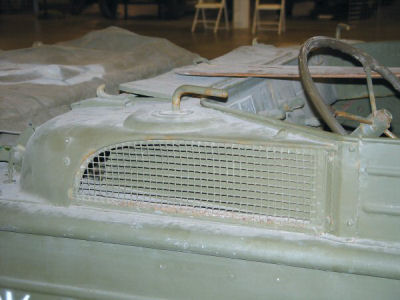After having commissioned Willys, Ford and Bantam to build the first 4500 jeeps (1500 each) in March 1941, the US Motor Transport Board set up a project under the direction of the National Defense Research Committee (NDRC) to be designated ‘QMC-4 1/4 Ton Truck Light Amphibian’.
The War was on at full tilt, and with bridges over Europe's rivers being taken out one after another, it seemed practical if the jeep could swim as well as drive. And so it came to Roderick Stephens Jr. of Sparkman & Stephens Inc. yacht designers, to design a shape for a 1200 kg (2700 lbs) amphibious jeep, in the same vein as his earlier design for the DUKW six-wheel-drive amphibious truck.
Not surprisingly Stephens' hull design looked like a miniature version of that of the DUKW, and just like it, the 'Seep' was going to have a screw propellor, driven by a power take-off, operating in a dedicated tunnel spared into the rear end bodywork, as well as a proper rudder.
The construction of the vehicle was developed in competition by Marmon-Herrington and Ford Motor Company. The Marmon-Herrington prototype's hull formed an integral unibody structure, created by cutting shapes out of steel plate and welding those together, much like the hull / chassis of an armoured vehicle.
The Ford entry however used a sturdy chassis and internal frame, to which more or less regular automobile type sheet-steel was welded. This construction made the GPA some 400 lbs / 180 kg lighter than its competitor. Also The GPA's design was based on the Willys MB and Ford GPW standard Jeeps as much as possible.
When designing and building the GPA, Ford utilized many of the exact same parts that the Ford GPW did.
The GPA had an interior similar to that of the MB/GPW jeeps, although the driver's compartment had almost twice as many control levers: 2WD/4WD, hi-range/lo-range, capstan winch (on the bows), propeller deployment and rudder control. After a direct comparison of the two company's prototypes, Ford received a contract for production starting in 1942.
n contrast to the DUKW the GPA (G=Government, P=80" wheelbase, A=Amphibious) did not perform well in the field. At some 1,600 kg the production craft had become much heavier than the original 1,200 kg specified in the design brief, but its volume hadn't been increased accordingly. As a consequence low freeboard in the water meant the Seep couldn't handle more than a light chop, and certainly couldn't take much cargo. The Seep's intended objective: to ferry soldiers to and from ships off-shore, to trundle up the beach and continue inland, was therefore not met. It is reported that many of the Jeeps that were used in battle sank if there were any significant waves at all.
On land the vehicle was too heavy and its body too unwieldy to be popular with the soldiers. Adding insult to injury, the GPA would frequently get stuck in shallow waters, where the regular Willys MB's water fording abilities allowed it to drive straight through (Pohl, 1998). Production was already halted in March 1943 after production of only 12,778 vehicles, due to financial quibbles between Ford and the US government, as well as bad reception of the vehicle in theatre. Although some sources (Pohl; Carlin, 1989) state that less than half of that number were ever completed, serial numbers of surviving specimens suggest that the 12,7XX figure is actually correct
|
